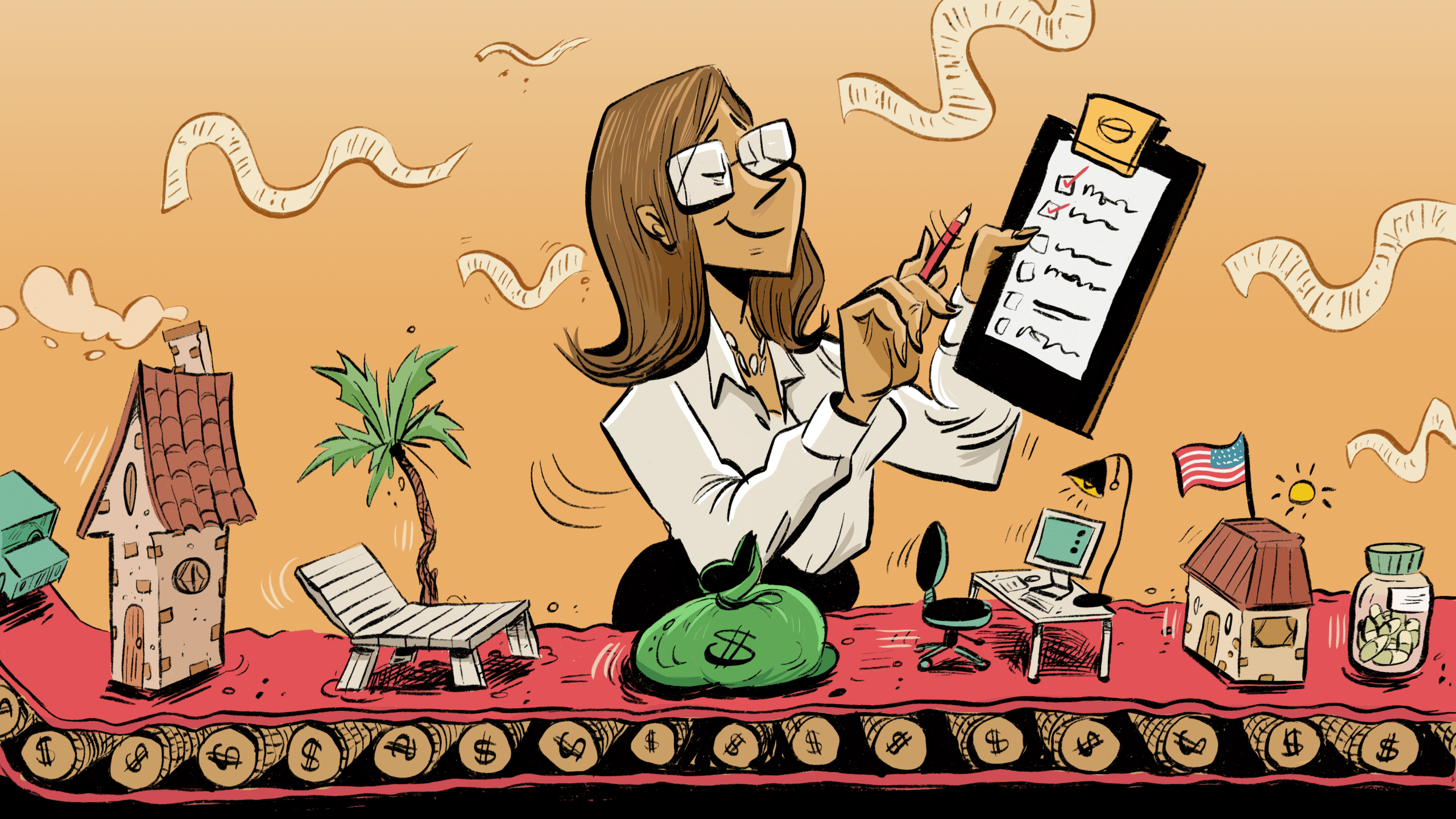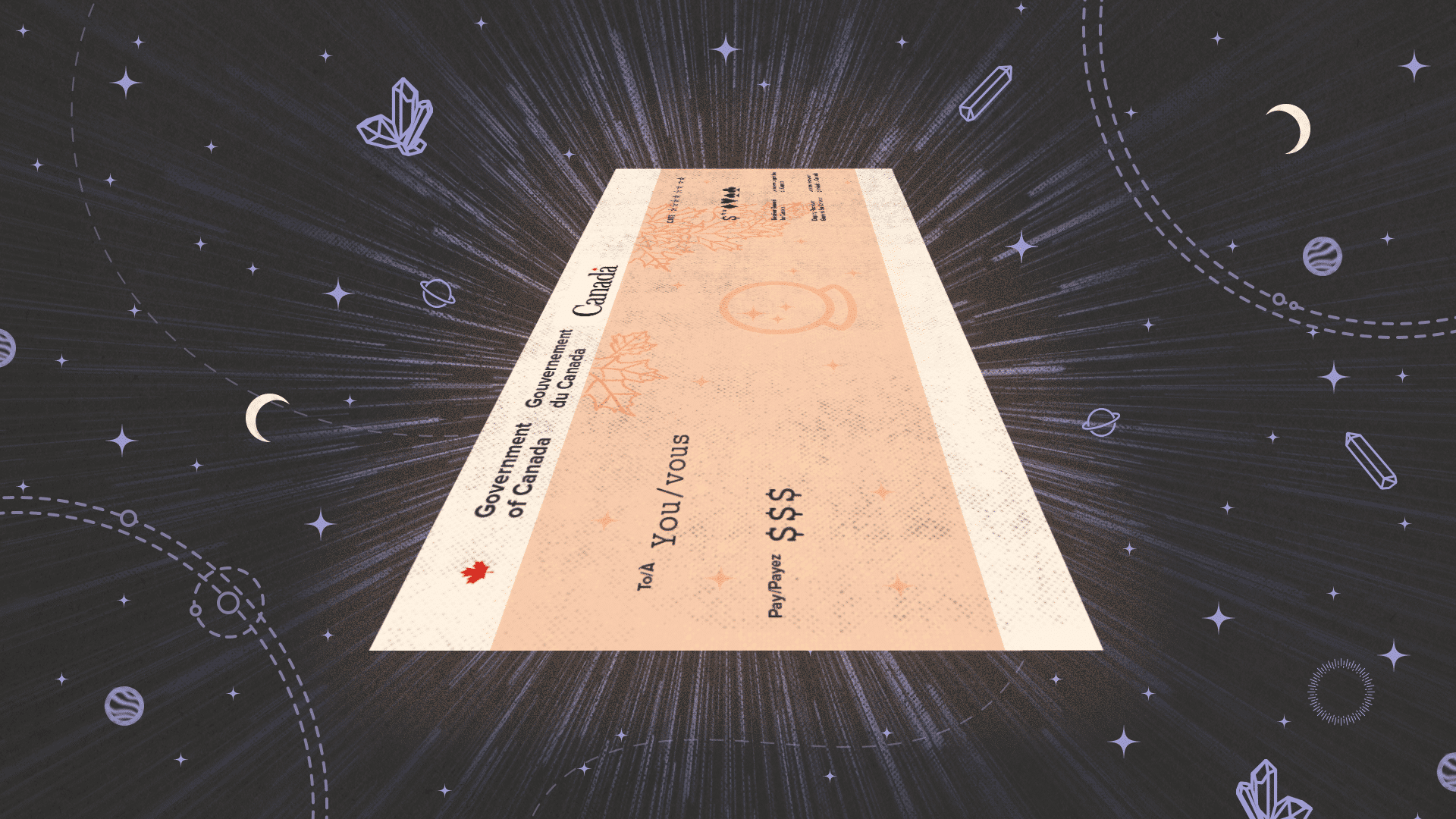
Medical expenses: Tax deductions and credits you may not know about
Canadians may be astonished by the range and depth of tax credits and deductions available but perhaps not surprised by the complexity involved. Here’s what you need to know.
If you’ve ever had to buy gluten-free products, you know they can be pricey. But here’s something that could reduce your bill: Those who have celiac disease can claim some of the money they spend on dietary products as a medical expense. Moreover, products and services that range from air conditioning to wigs, dental implants to special foods are among the nearly 100 medical deductions that are available to Canadians.
If you weren’t aware until now, don’t worry. Most Canadians leave money on the table at tax time because they are unfamiliar with the sheer breadth of medical expenses they can claim, says Georgia Swan, a Tax and Estate Planner with TD Wealth. “People are unaware of how many different items can be included,” she notes. “People tend to focus on medication expenses or assistive devices like hearing aids, but the list is so broad.”
Get familiar with the scope of medical deductions
Medical expenses can include fertility treatments, training to care for an elderly or disabled relative, adult diapers for incontinence or a baby monitor if your child has a respiratory issue.
“One of the biggest deductions that people don’t realize is travel expenses,” Swan says. If you have to drive more than 80 kilometres for treatment, keep track of your mileage. Even a meal in the hospital cafeteria may count.
The Canada Revenue Agency (CRA) provides a detailed list of eligible medical expenses, identifying the supporting documentation you might need, such as prescriptions. For example, those who want to claim their gluten-free food will require a doctor’s “Certification in Writing” and the receipts for every gluten-free product purchased. They must also prepare a summary that breaks down the cost of those items for the year versus a similar product. There’s some effort required to log this information but deductions can’t be made without documentation.
Some sample deductions include:
| Medical expense | Prescription needed | Certification in writing needed? |
|---|---|---|
| Air conditioning | ||
| Baby breathing monitors | ||
| Bathroom aids (e.g., safety rails and grab bars) | ||
| Driveway access for those with mobility disabilities* | ||
| Hearing aids | ||
| Orthopedic footwear | ||
| Service animals* | ||
| Travel expenses** | See notes below | |
| Tutoring services | ||
| Walking aids (e.g., canes or walkers) | ||
| Whirlpool bath treatments*** | ||
| Wigs |
*See CRA guidelines.
**Some expenses can be reimbursed after 40 km and additional expenses can be claimed after 80 km of travel. See CRA guidelines.
***Amount paid to medical practitioner, not for in-home installation.
How to time your claims
Another reason people commonly miss out on medical tax breaks is they don’t understand the timing around making claims, Swan says. If you, your spouse or common-law partner or a dependent family member undergo a course of treatment over several months, you can generally claim the expenses in the tax year when the treatment is completed. For example, if you fell ill in July 2023 and received treatment through March 2024, this tax season you can claim all your expenses paid out in both 2023 and 2024, provided they were not claimed in the previous tax year.
This is important, Swan says, because “we don’t all get sick on January 1.” Splitting up your costs by calendar year risks reducing or eliminating your tax deduction.
Keep your receipts
It can pay to get familiar with what you can claim and to get in the habit of keeping receipts and other necessary documents year-round. It can be difficult and stressful to come up with valid slips after the fact.
“People end up scrambling to get these things in April and it’s really hard,” Swan says. “And unfortunately, when you’ve been diagnosed with an illness, or when somebody in your family all of a sudden needs medical aids, you’re not focused on collecting receipts.” Ideally, you want to put in place a system for saving and filing documents, so you don’t even think about it.
You’ll also want to keep your receipts accessible after you file your taxes, as the CRA frequently requests additional information to verify your deductions, Swan notes.
Plan ahead
Medical expense claims can work in tandem with other credits and deductions, too, such as the disability credit which requires a completed T2201 or Disability Tax Credit Certificate. The form is available on the CRA site and it must be certified by a medical practitioner and submitted to the CRA. Depending on your expense, you may also need to file a separate “Certification in Writing” which also must be signed by a medical practitioner to support your specific claim. This process can take a couple months so it’s best to have the certificates completed well before they need to be submitted at tax time.
But a word of caution from Swan: The size of the deduction may depend on how you divvy up the expenses between different programs. In cases such as this, it can pay to get professional tax advice from a qualified accountant or financial advisor.
Swan urges everyone to look closely at the long list of medical expenses you can claim. Even something as simple as putting safety grab bars throughout the house or making ramps for older adults could be claimed: You don’t want to shell out more money than you need to.
MICHAEL MCCULLOUGH
MONEYTALK
ILLUSTRATION
DANESH MOHIUDDIN















